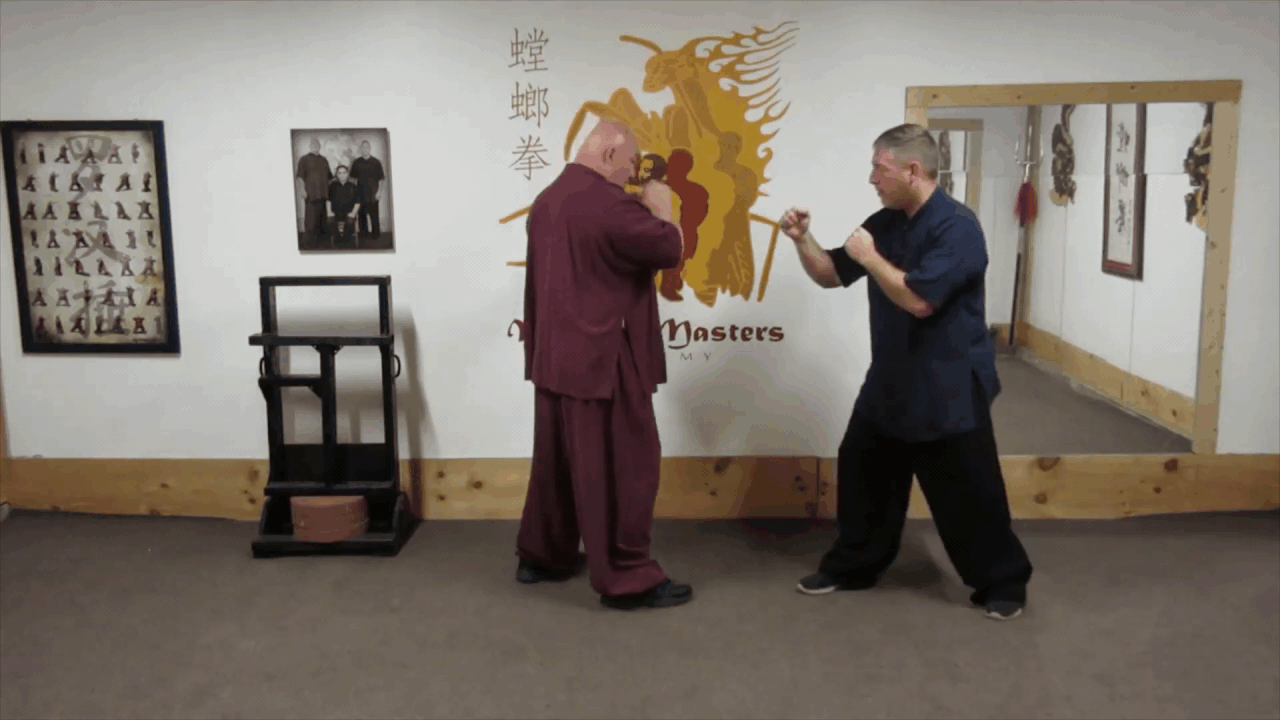So in Jow Ga we can do three punches but in the forms we really mix it up. This way the first, second, third strike are never the same
This is a very good observation I never really thought about. Repetition in attack is usually not a good idea. This is true in my style's forms as well. It
appears that our first form, Seisan, does repeat the first 3 moves (step in reverse punches), but on the advanced level, there is a "hidden" movement in-between that takes care of possible counters. (See next part below)
Forms are part of the formal curriculum. Forms, along with a body of fundamentals and basics and formal interactive drills help teach you a methodology for strong and effective and efficient movement, basic fight strategy, and understanding how to use technique. The formal curriculum is always useful in your practice because it reinforces the foundation, upon which all else must stand.
This is very true and forms are valuable in this regard, but they are more. I'm not sure if this holds for other styles as Okinawan karate is my home turf.
As most here know, forms are a template, designed to be deviated from as the situation requires.
Additionally, they have been designed to obscure certain details, leaving them to be orally transmitted (
kuden) from teacher to student as appropriate. For example, a forward step and punch in the
embusen (floor plan) of the form, may in application be on an angle to work properly. A form's two count combo such as a block and punch may actually be intended in application to be done in one count, simultaneously to avoid counters.
Such lessons were common a century and more ago prior to mass instruction and printed materials. Not commonly known by most nowadays. This is why some look at forms and say they are not practical - They are missing this "secret ingredient." Regardless of how forms appear, their heart and essence is real combat.
Originally, lessons were given at the master's home. During the early days of group learning, teachers such as Itosu Anko had two curriculums - School or dojo teachings where the surface techniques were group taught per the manual, and home teachings, after school, where he would teach the deeper concepts orally to select students.
As karate's popularization grew and became more institutionalized, the home teachings were overshadowed and many of the deeper, hidden, meanings were "lost" to the realm of common knowledge. While not easily discerned on one's own without much experience and serious study of printed authentic sources, or a very knowledgeable teacher, the secret ingredients of effective and practical forms are there.

